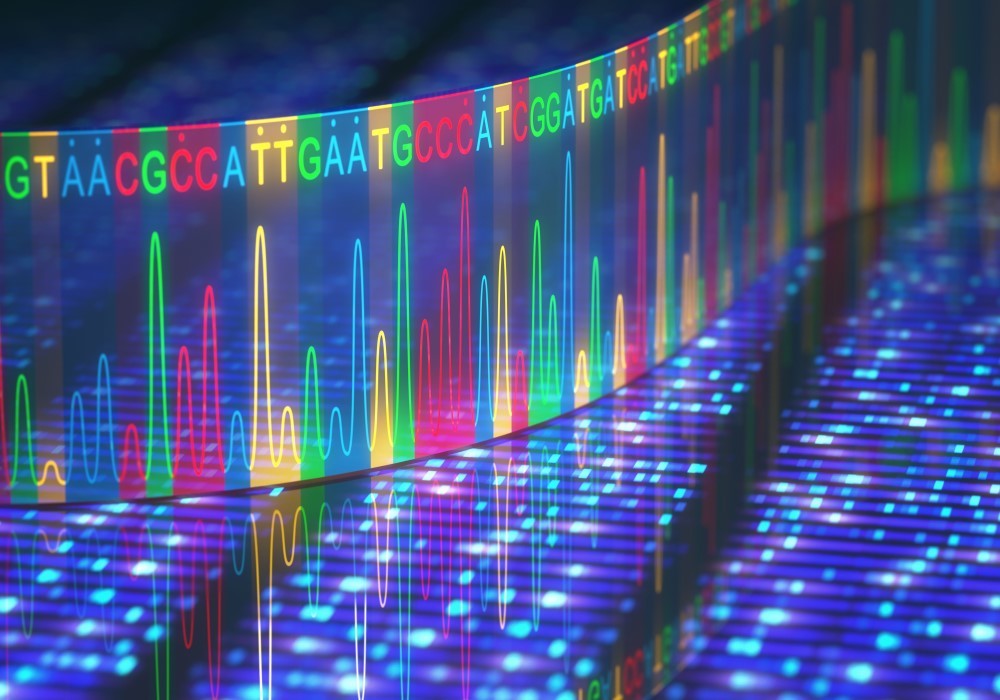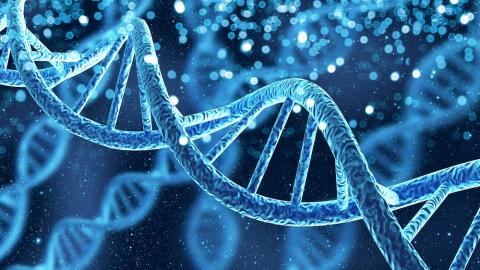Research led by Dr Sarah Marzi (UK DRI at King’s) has outlined how to use a new technique to study epigenetic changes in cells and tissues. The study, published in Nature Communications, is the first to systematically compare the new method to the existing standard, and could serve as guidelines for other researchers wanting to design their own epigenetic studies.
What was the challenge?
Scientists are developing better ways to study gene regulation – the process through which the expression of genes is controlled by cells. Traditionally, researchers have used a method called ChIP-seq to profile histone modifications, a type of gene regulation mechanism. However, a newer technique called CUT&Tag is gaining popularity because it is more sensitive and cheaper than ChIP-seq, and works well with single cells.
To date, there has been no comprehensive study of how best to undertake CUT&Tag experiments and analyse the resulting data. In this study, the researchers aimed to benchmark CUT&Tag against the standard method, to understand how comparable the technique is.
We hope that this work will provide useful guidelines for anyone working in the field, particularly those interested in profiling histone modifications, in carrying out future epigenetic research.
Group Leader
How did the team approach this?
To understand how reliable CUT&Tag is, researchers compared it to ChIP-seq using data from a well-known database known as ENCODE, in human cells. They checked how much overlap there was between the two methods, how well their signals matched, and whether they identified the same important regions of DNA related to gene regulation and protein binding. They found that CUT&Tag was able to detect just over half of the same DNA-protein interaction sites identified by ChIP-seq.
How does this approach improve on the standard method?
This study provides the first systematic comparison of the two most widely used techniques to analyse histone modifications. While the two approaches are not completely identical, CUT&Tag captures the most significant and strongest signals in the data, as compared to ChIP-seq.
What applications will this have?
The team provide results of their experimental and computational optimisations, which can serve as guidelines for other researchers wanting to profile histone modification.
Dr Marzi said:
“This study aimed to make a judgment about how comparable these two methods are – at first glance not very highly – as CUT&Tag only captures just over half of the same data points. But we were reassured as it does capture the most significant and strongest peaks, and shows very similar enrichments in regulatory elements, functional annotations and transcription factor binding sites.
We hope that this work will provide useful guidelines for anyone working in the field, particularly those interested in profiling histone modifications, in carrying out future epigenetic research.”
Reference: Abbasova, L., Urbanaviciute, P., Hu, D. et al. CUT&Tag recovers up to half of ENCODE ChIP-seq histone acetylation peaks. Nat Commun 16, 2993 (2025). https://doi.org/10.1038/s41467-025-58137-2
Genetics
Discover how our researchers are unravelling the DNA code to better understand risk factors and drivers of disease.

Banner image: Woravit Thongpolyos/Shutterstock

